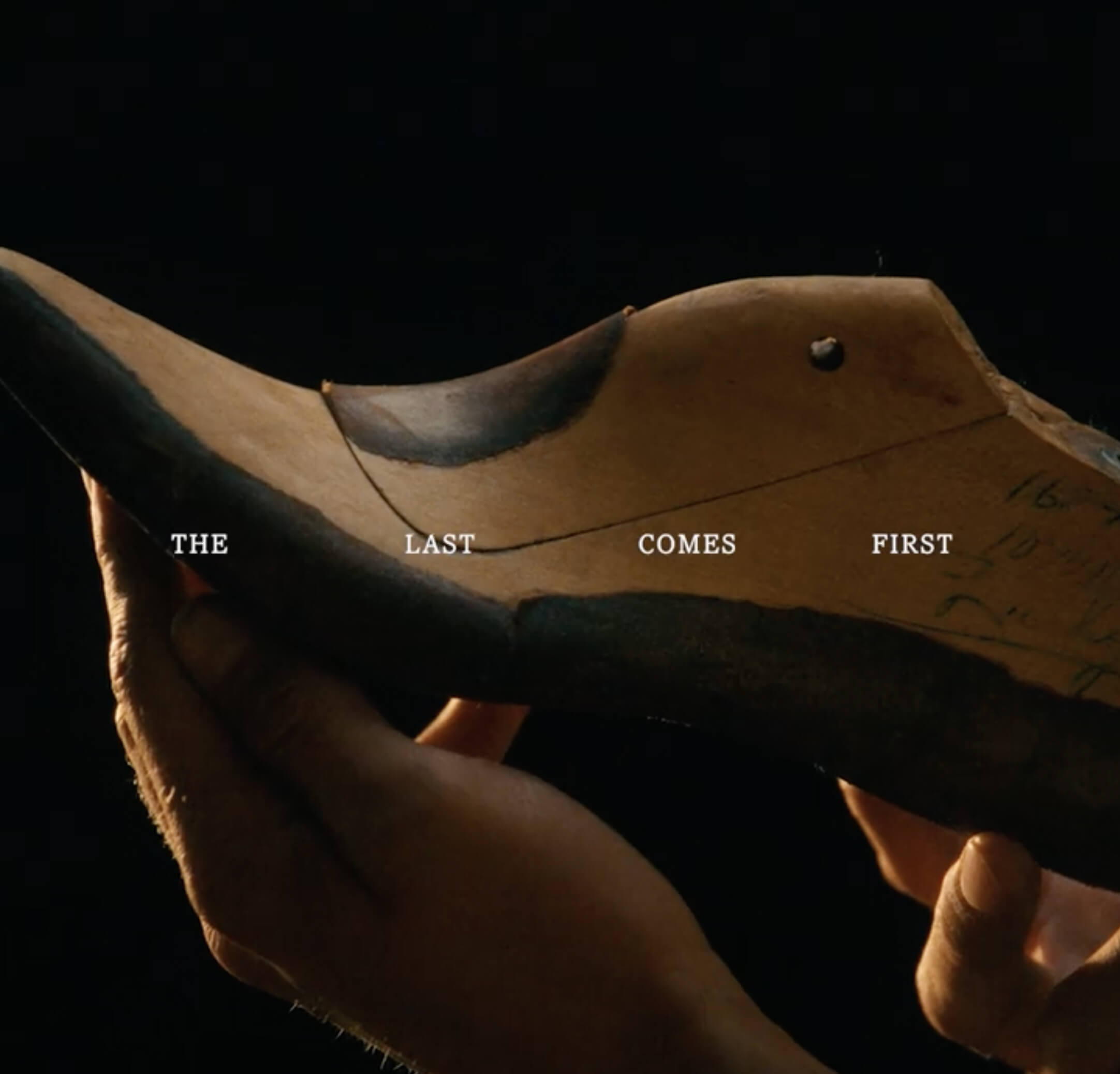OUR PROCESS
THE MAKING OF LUCCHESE BOOTS

Established in 1883, Texas-bred Lucchese uses time-honored craftsmanship techniques to build handmade boots of unrivaled quality, fit, comfort and style. In virtually every step of our bootmaking process, we rely on human hands to complete centuries-old tasks to perfection.
DEDICATED TO THE CRAFT

Before the leather, before the stitching, before the finishing touches—it all begins with the last, the foundation of every Lucchese boot. This philosophy guides everything we create.
DEDICATED TO THE CRAFT
Before the leather, before the stitching, before the finishing touches—it all begins with the last, the foundation of every Lucchese boot. This philosophy guides everything we create.


CUTTING & DIES
Steel-rule dies are crucial in perfecting the aesthetic of a boot. Sometimes referred to as cookie-cutter dies because of their playful appearance, these metal objects are made in a wide array of shapes and sizes. Before placing a die to the leather, the Lucchese cutting department searches for a pair of skins that match perfectly, a process sometimes which can take days for one pair of boots. It takes a great deal of skill and precision in order to cut the leather using the dies because of how important it is that the boots couple well together. Once the leather grain is precisely aligned, bootmakers then use a clicking machine, which applies at least 20 pounds pressure on the die and leather in order to create an exact cut sans fraying.
MATCHING SKINS
Lucchese is famed for its high-quality skins, and two crocodilian skins are used to make one pair of boots. To make one perfectly matched pair, bootmakers intently study each skin's unique markings, tile size and pattern. At times, up to 20 to 30 different skins are compared side-by-side before finding a close enough match, as each one is as individual as a fingerprint. At Lucchese, perfection lies in such details.
TOOLING LEATHER BY HAND
Dedicated artisans spend hours upon days upon weeks hand-tooling leather to create exquisite, multidimensional Lucchese boots. A process that calls upon manual dexterity and the use of small steel tools, tooling is a laborious art form that results in completely unique patterns and designs.



CROCODILE LEATHER
All of the crocodile skins used for a specific style must match in color because they cannot be dyed or tanned again once they arrive at the factory. Color cannot be added to crocodile leather because the skin is not porous as ostrich leather, meaning crocodile leather will absorb less and bootmakers must work with what they receive. During the cutting process, bootmakers work around the scars and other imperfections of the leather. After inspecting the quality of the leather, the production team will then match skins to ensure that boots in a pair look alike.
STONEWASHING LEATHER
Lucchese boots become more beautiful over the years as the leather begins to form distinct marks and creases, adding character and history to the boot. To create the look of an heirloom boot, Lucchese engineers developed a “10 year old stonewash” method—a similar process that is used to distress denim. A Lucchese artisan will begin by sanding down the leather and then coat the boots with a dark gloss. The boots will finally be distressed with dry coarse rocks, giving the boots a vintage look.
PATTERNS & CUTTING
After the last is designed and built, patterns must be made for each size of boot to fit a variety of customers. Because the pattern serves as a guide for the amount of leather needed to properly stretch over the boot last, the patternmaker must take into account all variables in play. They assess the leathers, align markings and use steel rule dies to cut patterns for each component before piecing them together like an intricate puzzle. This precision establishes proper alignment and construction of the boot’s silhouette as well as its fit.



BURNISHING
To produce this unique look, boots are polished with a brush, which darkens the leather and evolves the texture. When brush and leather meet, the unique richness begins to emerge. Another key burnishing step involves applying Lucchese- developed compounds, which serve as protective sealants. In addition to preservation elements, these treatments also yield a variety of tones and textures that range from matte to glossy.



